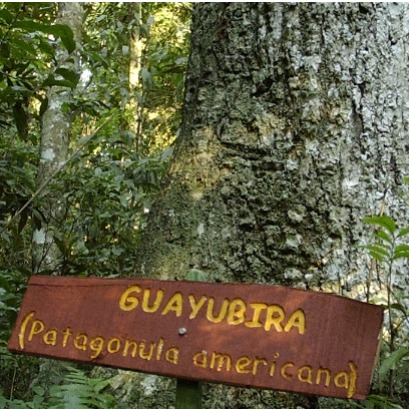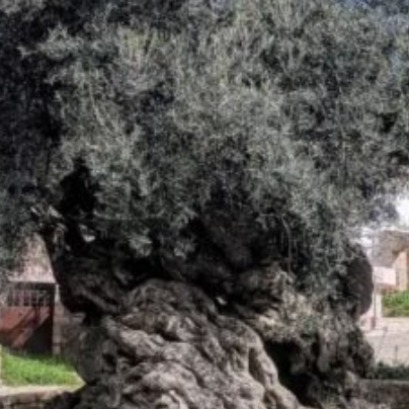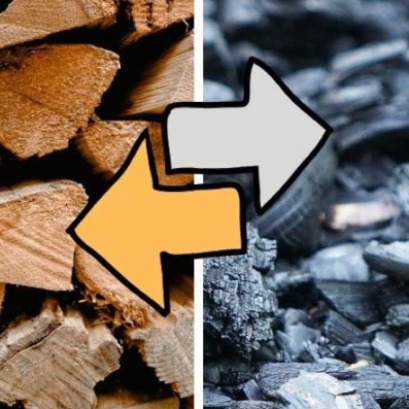
Know the Guayubira tree: one of the native timber species of the missionary jungle
With information from the Native Missions Species Manual (2024), developed in collaboration between the Faculty of Forest Sciences of the UNAM and the United States Forest Service (USFS) through the Project Update and Edition of the Wood Identification Manual of the Missionary Jungle, we share information from each digital tab that includes dendrological and anatomical characteristics. The manual was elaborated in the Wood, Dendrology and Dendrocronology Anatomy Laboratory (LAMDYD) of the Faculty of Forest Sciences in Eldorado, National University of Misiones.
Guayubira, a native species of great timber value, can reach up to 20 meters high. It has a dark and dense dura ideal for floors, furniture and sporting articles. Its wood, heavy and resistant. TECHNICAL CHARACTERISTICS OF THE GUAYUBIRANAN SCIENTIFIC TREE: American Cordia (L.) GOTTSCHLING J.S. Mill.Familia: Boraginacea Regionalenenening: ? Argentina: Guayubira ? Paraguay: Guajayvi Moroti ? Brazil: Guajuviradistribution Geographic Tree ? Wood color: Differentiated water and durable being the latter of dark brown color ? Growth rings: The growth rings are little demarcated ? Vaired: It is heavy to semi heavy wood, with a density of 0.80 gr/cm3. Generally in diameter less than 50 cm in adult state, it has important reinforcements in the base (image 6 and 7) ? Leaves: the leaves are alternate oblong or ovate of 3 to 8 cm long by 1 to 3 cm wide, the edges are undulating or sawn or sawn towards the roma apex and the base ahusada towards the short petiole. In diameter, the flowers are numerous and fragrant 5 mm long, the white corolla ? Fruit: The fruit is a 5 mm conical drup that divide the cortex into many rectangular and small plates. WOOD CHARACTERISTICS. soil and abroad lasts in natural state not treated approximately between 5 and 10 years. The duramen is not very resistant to the attack of fungi but resists the attack of insects not the sap.
IT MAY INTEREST YOU
 Experts cant believe it, but this tree is the oldest in the world and continues to bear fruit: it is 4,000 years old.
Experts cant believe it, but this tree is the oldest in the world and continues to bear fruit: it is 4,000 years old.
Nature keeps secrets that defy the passage of time, and one of the most surprising examples is a tree that, approximately 4,000 years old, continues to bear fruit today. This specimen has become a symbol of resistance and longevity, capable of surviving climate changes, landscape transformations and human activity itself.
 Missions | New illegal felling in the Piņalito Provincial Park in San Pedro reveals the silent expansion of deforestation in protected areas
Missions | New illegal felling in the Piņalito Provincial Park in San Pedro reveals the silent expansion of deforestation in protected areas
The advance of deforestation on protected areas was once again evident this week in the Piņalito Sur Provincial Park, in San Pedro, where the Ministry of Ecology and Renewable Natural Resources confirmed a new case of selective illegal logging. The event occurs in a context of growing concern about the fragility of the environmental control system in rural and border areas, where the scarcity of resources, personnel and logistics limits the capacity of surveillance against criminal organizations organized to steal native woods and market them on the black market in connivance with sawmill owners.
 Canadian researchers make biochar from wood waste that rivals steel in strength
Canadian researchers make biochar from wood waste that rivals steel in strength
Researchers at the University of Toronto have developed monolithic biochar from wood that can reach an axial hardness of up to 2.25 GPa, similar to mild steel.





















